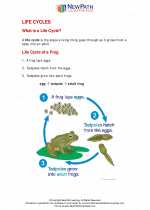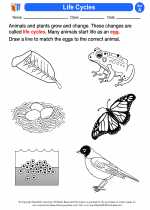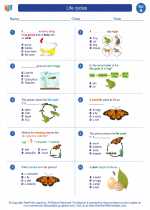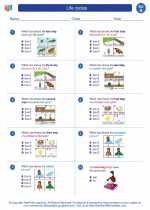Muscles
Muscles are a type of soft tissue in the human body that have the ability to contract, producing movement in the various parts of the body. There are three main types of muscles: skeletal, smooth, and cardiac.
Skeletal Muscles
Skeletal muscles are attached to bones and are responsible for voluntary movements such as walking, running, and lifting. They are striated, meaning they have a striped appearance under a microscope. Skeletal muscles work in pairs - when one muscle contracts (the agonist), the other relaxes (the antagonist), allowing for smooth and controlled movement.
Smooth Muscles
Smooth muscles are found in the walls of internal organs such as the stomach, intestines, and blood vessels. They are responsible for involuntary movements, such as the contractions of the stomach during digestion. Smooth muscles are not striated and are under the control of the autonomic nervous system.
Cardiac Muscles
Cardiac muscles are found in the heart and are responsible for pumping blood throughout the body. They are striated like skeletal muscles but are involuntary like smooth muscles. The rhythmic contractions of the cardiac muscles allow the heart to efficiently circulate blood.
Study Guide
- What are the three main types of muscles?
- How do skeletal muscles produce movement?
- Where are smooth muscles found in the body?
- What is the function of cardiac muscles?
- Describe the structure of skeletal muscles.
Understanding the different types and functions of muscles is important for grasping the basics of human anatomy and physiology. It also lays the foundation for learning about movement, exercise, and overall health.
[Muscles] Related Worksheets and Study Guides:
.◂Science Worksheets and Study Guides First Grade. Life cycles

 Activity Lesson
Activity Lesson
 Worksheet/Answer key
Worksheet/Answer key
 Worksheet/Answer key
Worksheet/Answer key
 Worksheet/Answer key
Worksheet/Answer key
 Worksheet/Answer key
Worksheet/Answer key
 Worksheet/Answer key
Worksheet/Answer key
